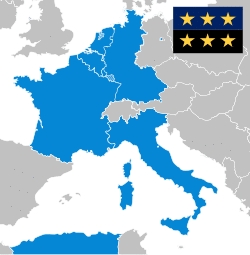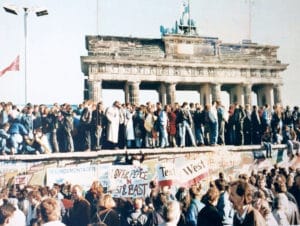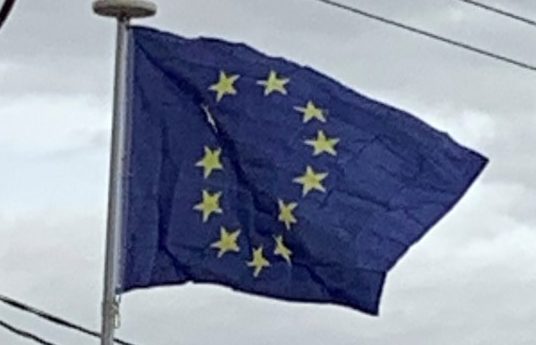It also led directly to the founding of the Council of Europe in 1949, the first great effort to bring the nations of Europe together, initially ten of them. However, the Council focused primarily on values—human rights and democracy—rather than on economic or trade issues, and was always envisaged as a forum where sovereign governments could choose to work together, with no supra-national authority. It raised great hopes of further European integration, and there were fevered debates in the two years that followed as to how this could be achieved.

But in 1952, disappointed at what they saw as the lack of progress within the Council of Europe, six nations decided to go further and created the European Coal and Steel Community, which was declared to be “a first step in the federation of Europe”. European leaders Alcide De Gasperi from Italy, Jean Monnet and Robert Schuman from France, and Paul-Henri Spaak from Belgium understood that coal and steel were the two industries essential for waging war, and believed that by tying their national industries together, future war between their nations became much less likely. These men and others are officially credited as the founding fathers of the European Union.
Treaty of Rome (1957–92):
In 1957, Belgium, France, Italy, Luxembourg, the Netherlands, and West Germany signed the Treaty of Rome, which created the European Economic Community (EEC) and established a customs union. They also signed another pact creating the European Atomic Energy Community (Euratom) for co-operation in developing nuclear energy. Both treaties came into force in 1958.
The EEC and Euratom were created separately from the ECSC, although they shared the same courts and the Common Assembly. The EEC was headed by Walter Hallstein (Hallstein Commission) and Euratom was headed by Louis Armand (Armand Commission) and then Étienne Hirsch. Euratom was to integrate sectors in nuclear energy while the EEC would develop a customs union among members.
During the 1960s, tensions began to show, with France seeking to limit supranational power. Nevertheless, in 1965 an agreement was reached and on 1 July 1967 the Merger Treaty created a single set of institutions for the three communities, which were collectively referred to as the European Communities. Jean Rey presided over the first merged Commission (Rey Commission).
In 1973, the Communities were enlarged to include Denmark (including Greenland, which later left the Communities in 1985, following a dispute over fishing rights), Ireland, and the United Kingdom. Norway had negotiated to join at the same time, but Norwegian voters rejected membership in a referendum. In 1979, the first direct elections to the European Parliament were held.
Greece joined in 1981, Portugal and Spain following in 1986. In 1985, the Schengen Agreement paved the way for the creation of open borders without passport controls between most member states and some non-member states. In 1986, the European flag began to be used by the EEC and the Single European Act was signed.

